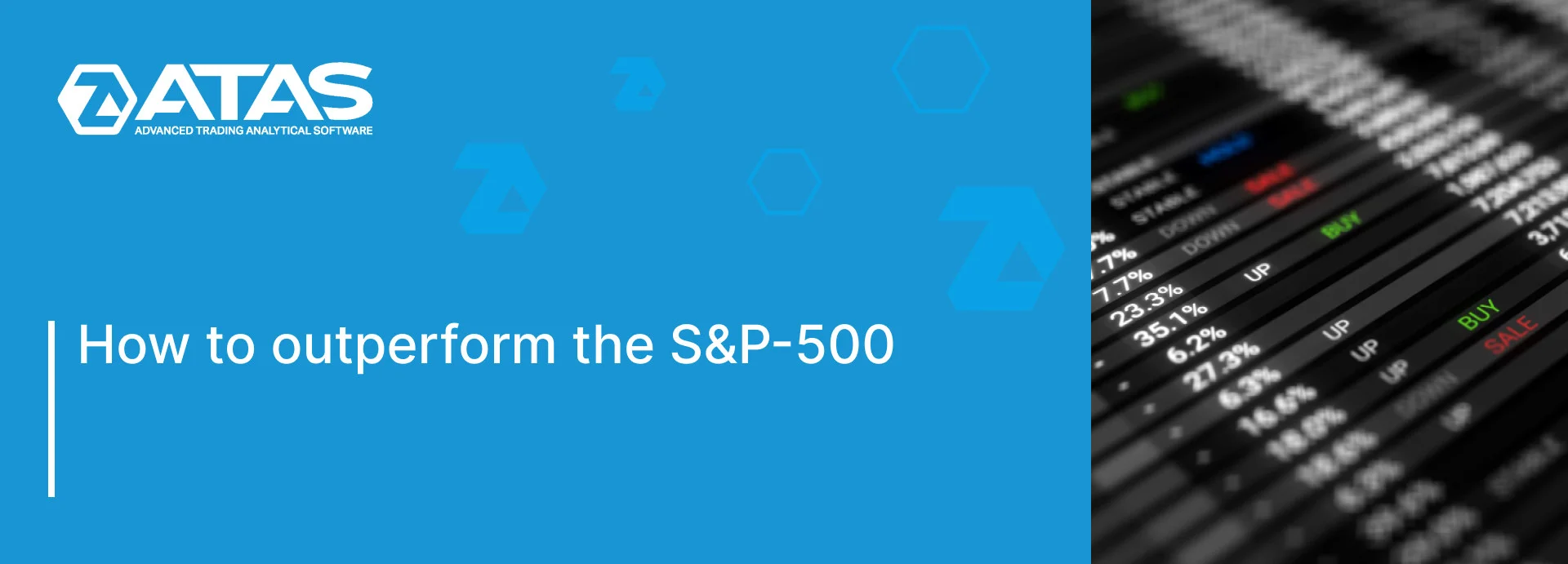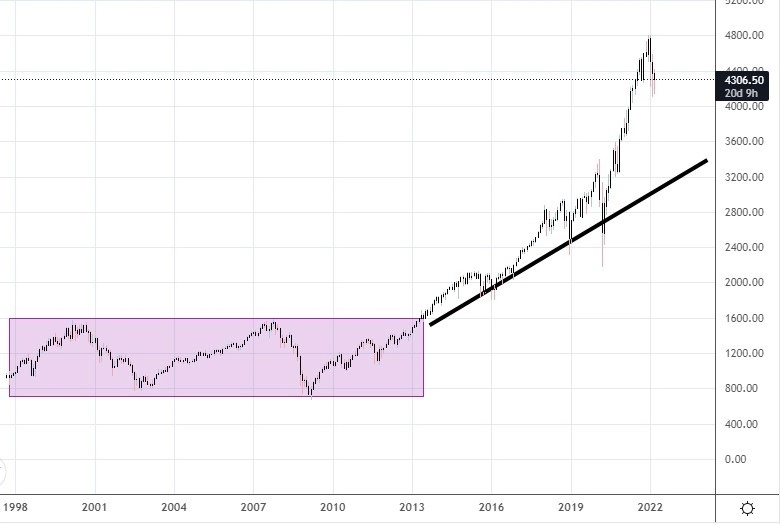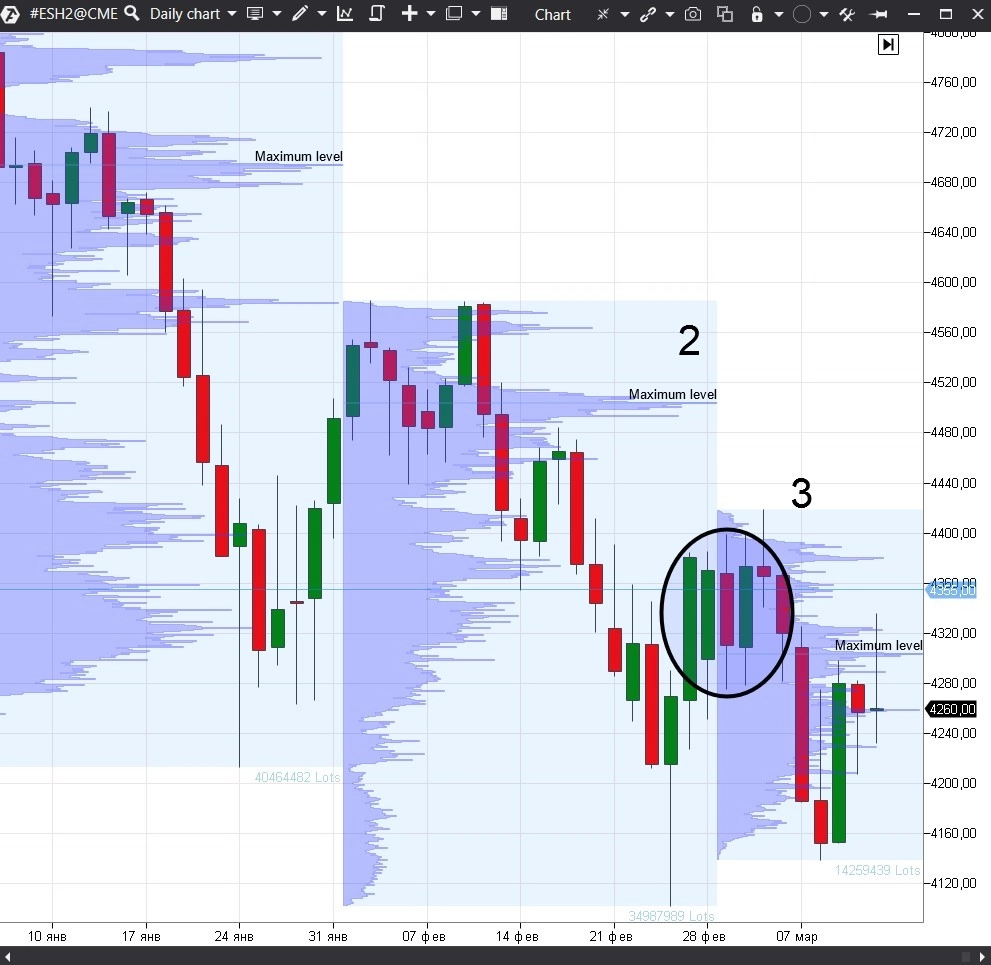How to outperform the S&P-500 Index
Investing is a necessary skill not only for rich people. It is important for everyone to know how to invest. Even if you start investing $100 per month as you get your first income, you will be able to achieve great results over a long period of time.
This article will help you to figure out how to do that.
Read in the article:
Advantages of investing
- Financial freedom. If you save a considerable amount of money, you can live off interest. This will allow you to do what you love and not work because you need to feed your family.
- Retirement. As soon as interest from investing consistently covers your monthly expenses, you can start thinking about retirement. If you start investing at the age of 20, you can retire at 40 or 50. Your own pension can be much higher than the one provided by the state. It is also important to realize that when you reach the retirement age, there might not be a state pension at all. Even today pension systems of many states are experiencing a shortage of funds. Changes in pension legislation are possible in the future.
- Life without loans. When you take out a loan, you pay interest to someone else. However, when you invest, interest is paid to you. Therefore, when you take out loans, you lose money but when you invest, you make money. Savings from investments will allow you to buy property without loans.
- An emergency fund. There are a number of risks to consider. Your country may start a war or be attacked, the national currency may collapse, you may fall ill and be unable to work, etc. An emergency fund can help in case of any unexpected circumstances. This fund has savings at least for one year for a family without income. The habit of investing regularly will help you to build that emergency fund and feel more confident in times of difficulty.
- The habit of saving. Investing will stimulate the development of an important habit called “pay yourself first.” After receiving a salary, it is important to set aside a monthly amount for investment. The rest of the money can be spent as you wish. Therefore, investing should be in the first place and not in the last place in the expenditure item.
Practical steps for a beginner investor
Index investing is a good choice for a beginner investor.
In simple terms, index investing is investing in derivative financial instruments, for example, ETF (an exchange-traded fund) or stock index futures.
Stock indices usually include the largest companies of a country, i.e. the best companies. When you invest in a stock index, you actually invest in the economy of a particular country or even the whole world.
Investing in index funds allows you to take advantage of diversification. Something bad can happen to a company but it is unlikely to happen to the entire economy of a country. If you do not want to focus on the economy of a particular country, then you can invest in several countries of the world at the same time.
An index investing strategy is considered optimal for a beginner investor.
Tools for index investing
All countries with a developed stock market have their stock indices.
For example:
- U.S. stock indices: S&P-500, Russell-2000, Nasdaq and others.
- Japanese stock indices: Nikkei.
- British stock indices: FTSE.
There are mega indices that that unite the largest companies from:
- developed countries,
- developing countries,
- developed and developing countries together.
As one gains experience, index investing strategies can become more complex. An investor can add new countries and indices to his portfolio.
It is better to start with the most popular index, which is the S&P 500. This index includes 500 of the largest U.S. companies. The index is regularly reconsidered and the worst companies are replaced by the best ones.
The S&P 500 Index is an elite hedge fund whose committee analyzes all U.S. companies and selects the best ones. When investing in the S&P 500 index, a beginner investor benefits from the experience of an investment committee that compiles the index. The U.S. economy is the strongest economy in the world and investing in it can bring the best results.
ETF can be used for index investing.
ETF is an exchange-traded fund launched by large investment companies. There is a small fee to manage this exchange-traded fund, but it makes it easier to buy 500 companies at a time. Also, index investing in ETF requires less money than buying a large number of shares on your own.
The frequency of investing
Passive index investing means that you invest regularly but not often. Investing a large amount of money once will not be very effective. The market has different periods: growth, decline and a flat.
Let’s have a look at the futures chart for the S&P 500 index over the past few years.
You can see on the chart that:
- from 1998 to 2013 the market was flat;
- from 2013 to 2022 there was an uptrend.
No one can say for sure what the next phase of the market will be. If you invest only once, you risk trading in a flat market, which means that you might wait more than 10 years to get some tangible results.
Therefore, the optimal passive index investing is regular investing. For example, you invest equal amounts of money once a month or a quarter. Then you can get the effect of price averaging. Some buys will be at the highs of the charts, and some will be at the lows. Thus, the average price will be more favorable. It is important to stay determined, save money and invest regularly.
Crisis, panic and fear are the best periods for the right investments because there is a possibility to buy assets that have become cheaper at the lowest prices. When everyone sells because they are scared, the conscious investor should buy. Regular investing provides such an opportunity.
Invest every month despite the news or panic among your friends.
How volume analysis can help you to find the best entry points
Over the past 20 years, the average annual return that index investing can provide has been about 7% per annum.
It may seem little at first sight. How can you increase this interest rate without spending a lot of time?
You can use the volume analysis in the ATAS trading platform.
Let’s have a look at the analysis of ES futures trading volumes on the S&P-500 index on the Chicago Futures Exchange:
The chart shows a daily timeframe with the TPO and Profile indicator and a volume analysis period = 1 month.
The level of the maximum volume is marked with the label “Maximum level” (point 1). This price level is the most interesting for major traders.
If the price falls down after the volume inflow, then the downward movement is likely to continue. If the volume pushes the price up, then the upward movement is likely to continue.
Point 2 indicates the end of the month, the price is significantly higher than the maximum volume level. You can start buying right away in the month that comes after point 2.
This approach helps to invest because you enter the market only after the end of the correction or in an uptrend. If the market becomes bearish, then this approach will allow you to avoid buying.
Entry points will appear at the end of a downward movement. The maximum volume level shows that major players were especially active at this point. The price reaction, which was upward in this case, showed that major traders were buying and they pushed the price up. Therefore, the upward movement is likely to continue.
Let’s have a look at another example:
Point 3 indicates the end of the month, the price is below the maximum monthly volume (point 2). In this situation, it is better to avoid buying because a downward movement is likely to begin. However, you can buy a double volume next month if there is a signal to buy.
Such a simple approach based on the ATAS analytical platform will increase the average annual profit by 2-4% and get 10% per annum. We will describe in detail the historical testing of this approach in one of the following articles.
The idea of this approach is simple:
- you should buy when the market is growing,
- you should wait when the market is falling.
The analysis should be done once a month, at the beginning of a new month. This approach helps to avoid a bear market. Even if you buy at the highs during a bull market, it will still bring you profit because the position is held for years.
Let’s calculate the difference between the rate of return of 7% and 10% per annum.
For example, an investor invests an initial amount of $10,000, then he adds $500 every month and reinvests profits once a year. It goes on for 30 years in a row:
- with an average annual return on investment of 7%, the result will be → $643,000.
- with an average annual return on investment of 10%, the result will be → $1,161,000.
You can get twice as much results using volume analysis. If you systematically do index investing, then it is quite possible to become a dollar millionaire.
Of course, it may take 30 years, but if you start doing it at the age of 30, you can achieve this result by the age of 60. Having this amount in the account, you can receive 10% of annual income, i.e. about $160,000 per year, which is a decent pension already.
Conclusions
Of course, index investing has disadvantages:
- It takes a lot of time. You need to spend a lot of time to see tangible results.
- You need to be consistent. You need to invest regularly because if you miss some months or years, you can miss the best opportunities in the market and get poorer results.
- It is boring. When you invest in an index, you do not need to choose individual stocks, therefore, you will not be able to earn from some regular hype, but there will also be no risk of losing your money.
What can compete against index investing? Almost nothing, if we consider a beginner and non-professional investor.
Index investing has a number of significant advantages:
- Investing gives financial stability, a decent pension and life without loans.
- Index investing in the best companies of the country, for example the S&P 500 index, allows a beginner investor to receive stable results with no need to study fundamental analysis in depth.
- Regular monthly investment of a standard amount will allow you to average the portfolio and get results even in a flat market.
- Volume analysis allows you to find the best entry points during periods of market growth. This will potentially provide an opportunity to earn 2-4% above the market.
It is important for everyone to master index investing, and the ATAS trading platform will allow you to do it more efficiently. Download ATAS for free from this link.
In a new article from the ATAS blog you will find out about:
→ the benefits of investing in stock indices
→ a simple approach: how to use the analysis of horizontal volumes to exceed the result provided by index investing.
Share this article with anyone who is looking for easy ways to invest in order to save for retirement and/or achieve other financial goals.
Information in this article cannot be perceived as a call for investing or buying/selling of any asset on the exchange. All situations, discussed in the article, are provided with the purpose of getting acquainted with the functionality and advantages of the ATAS platform.





